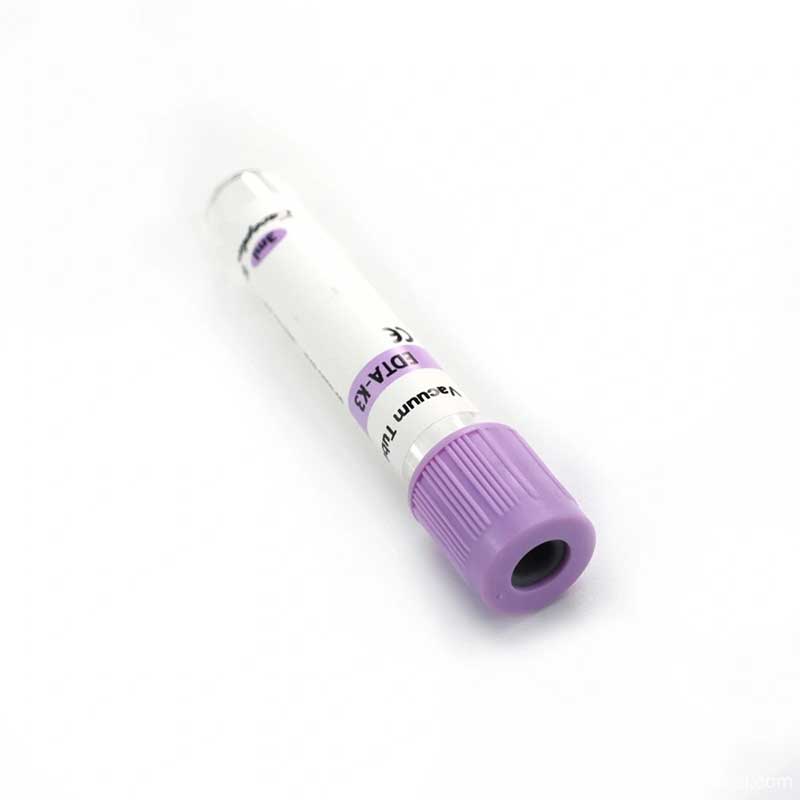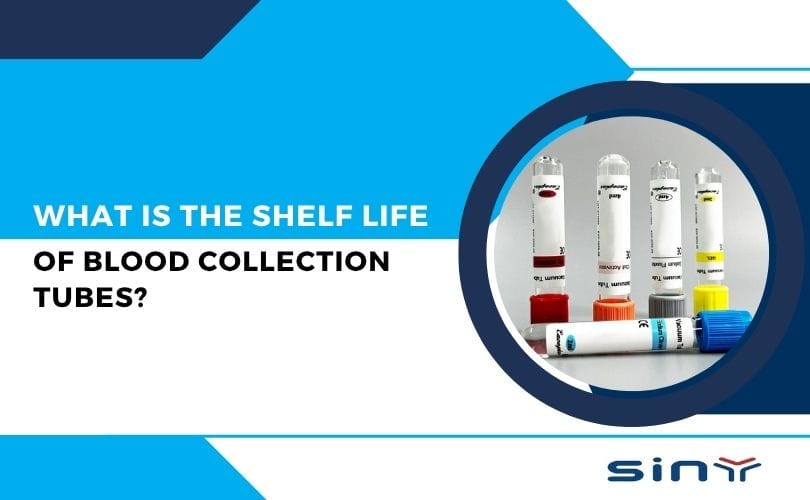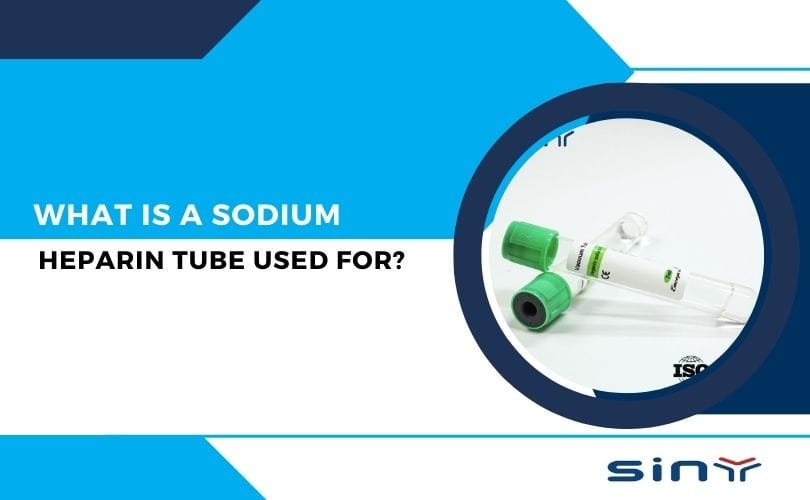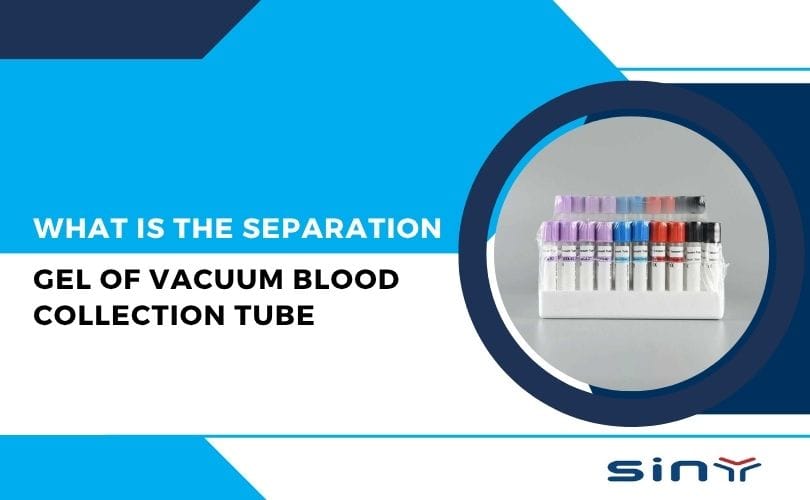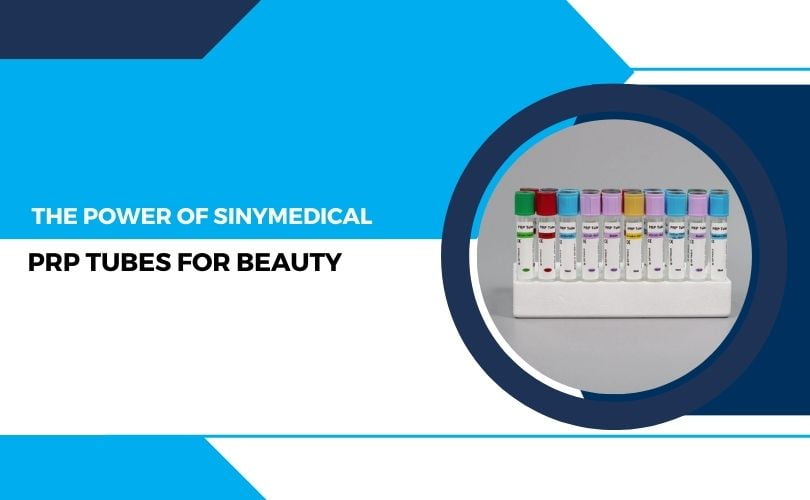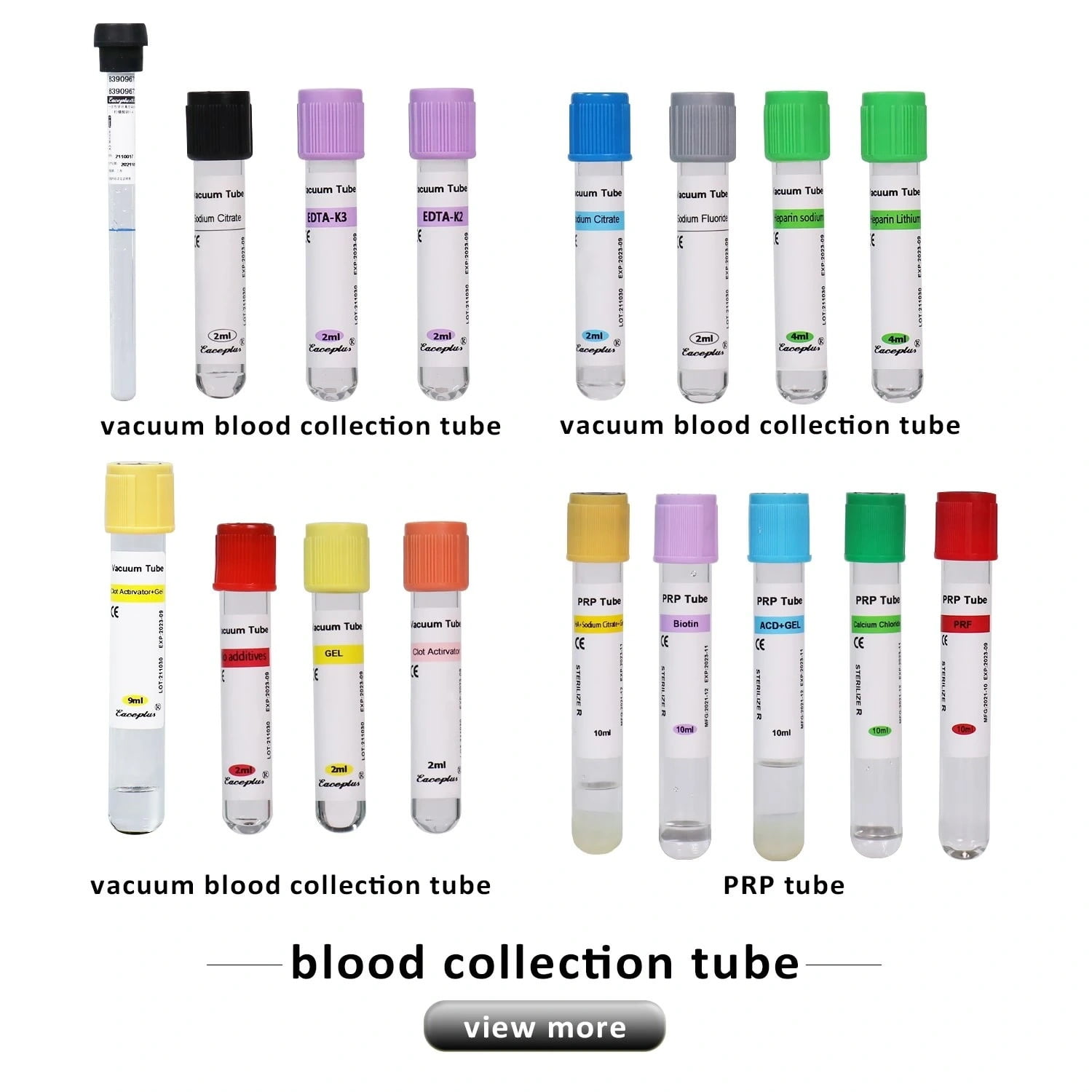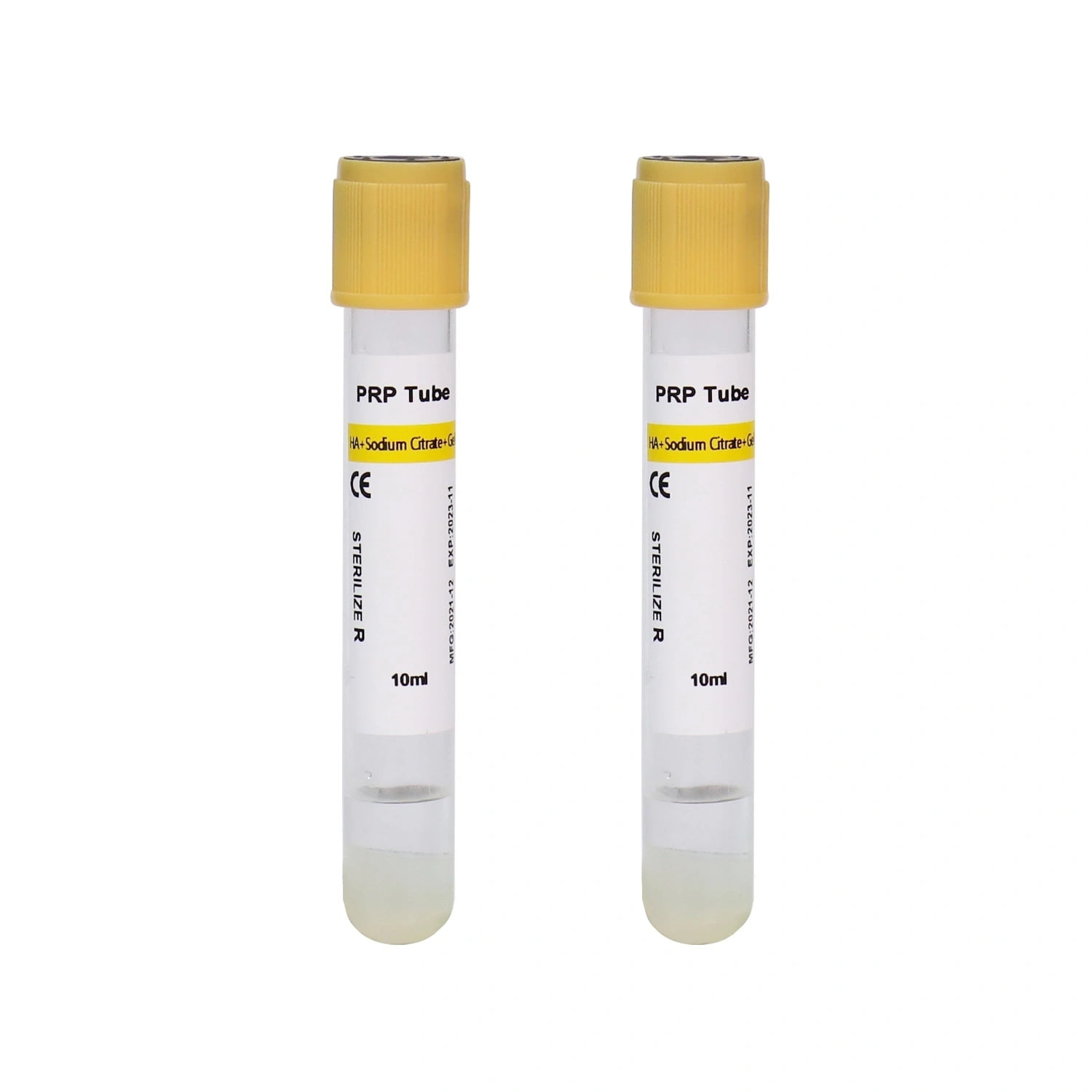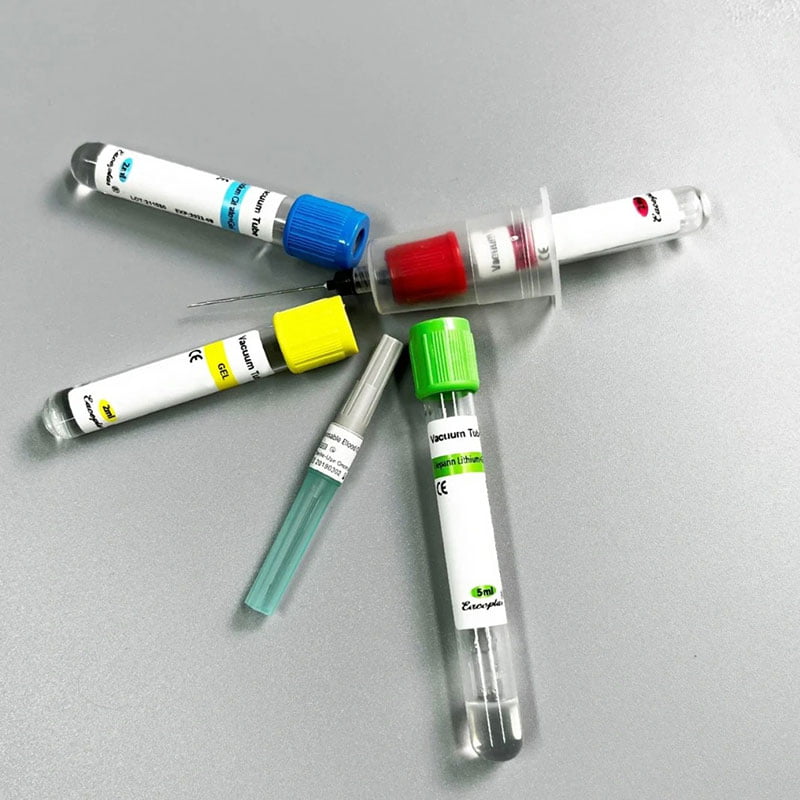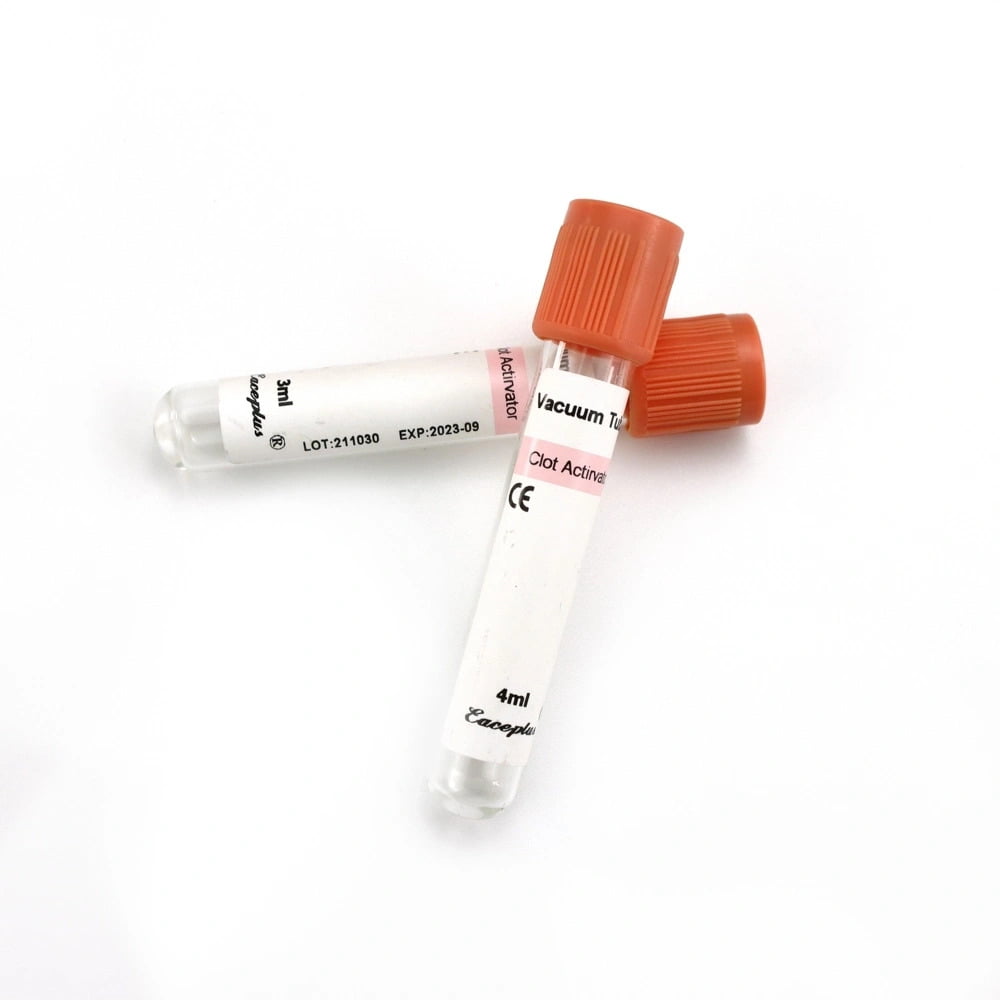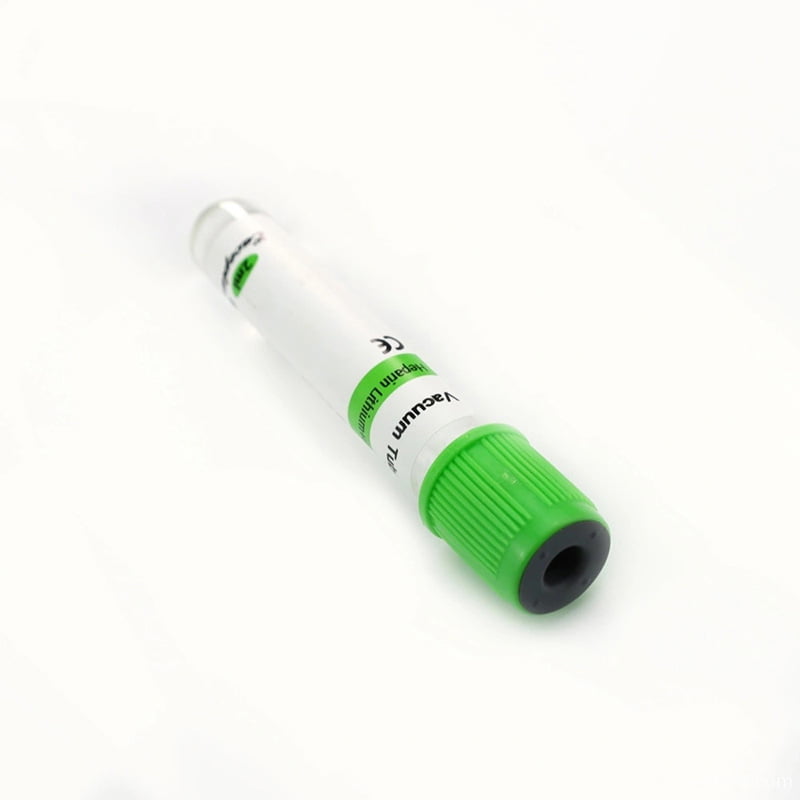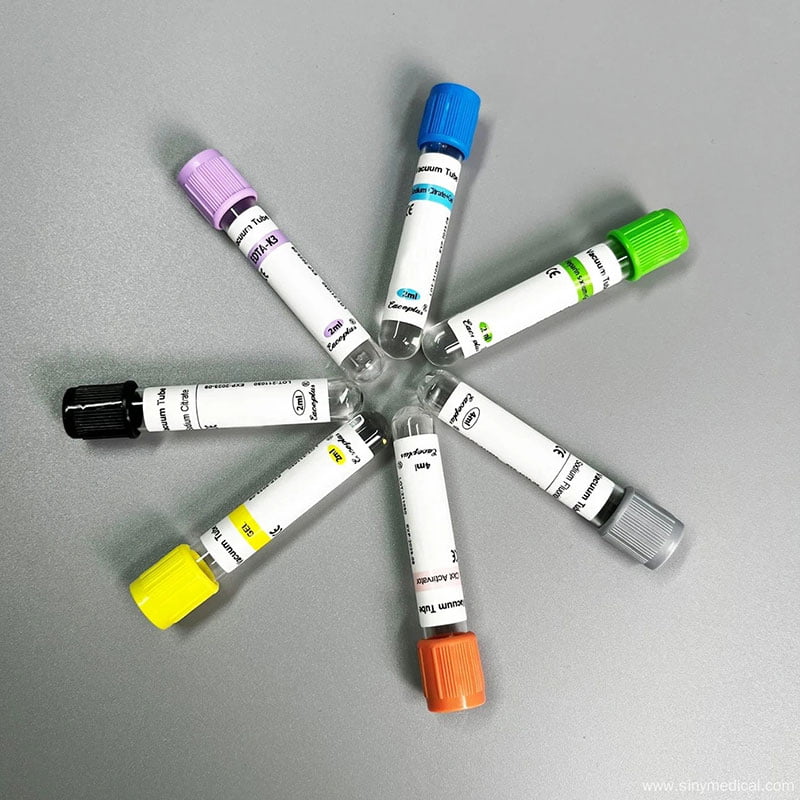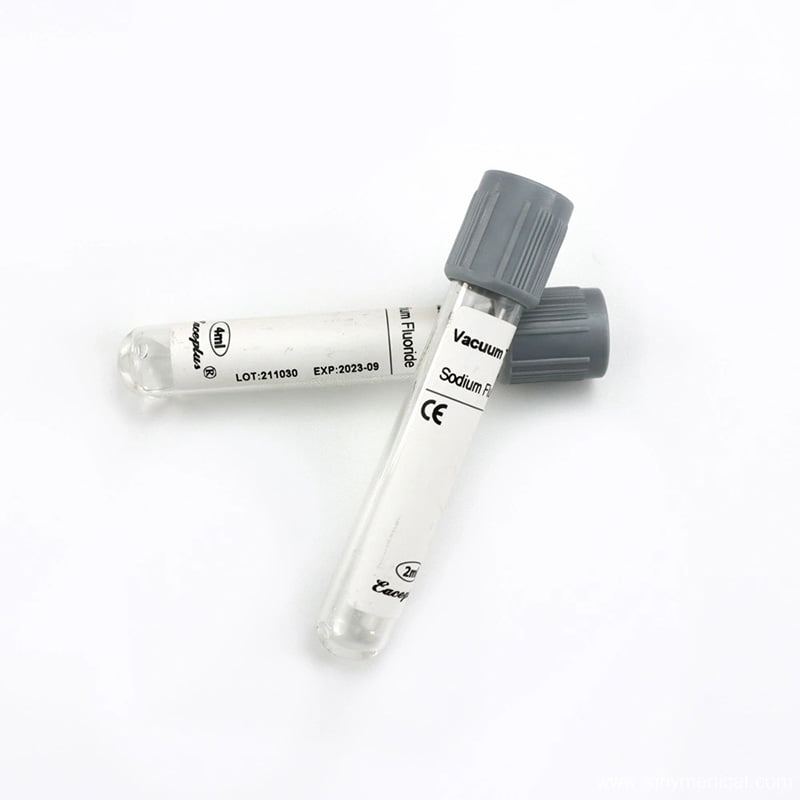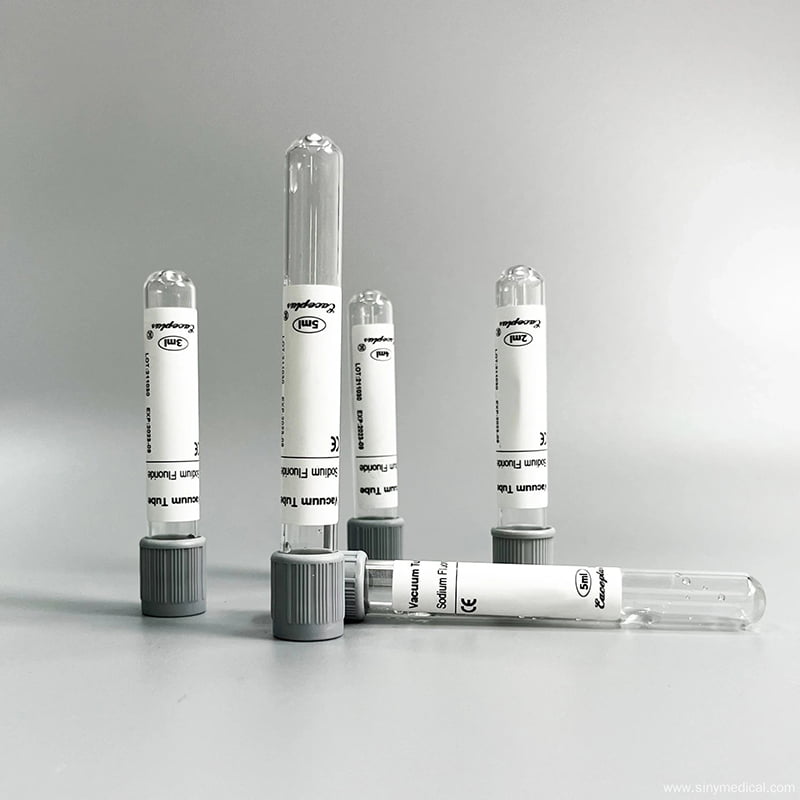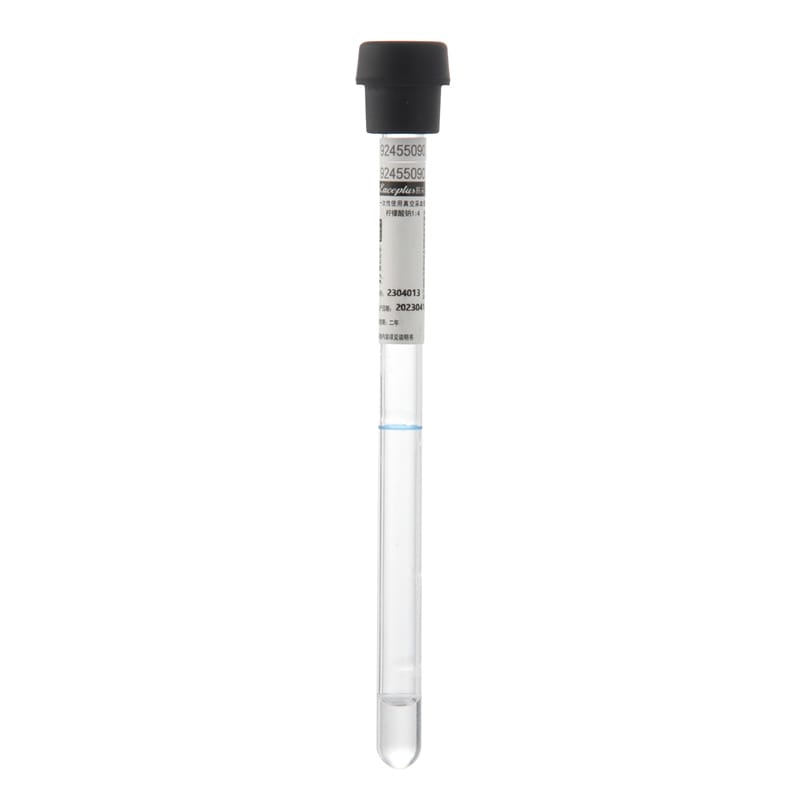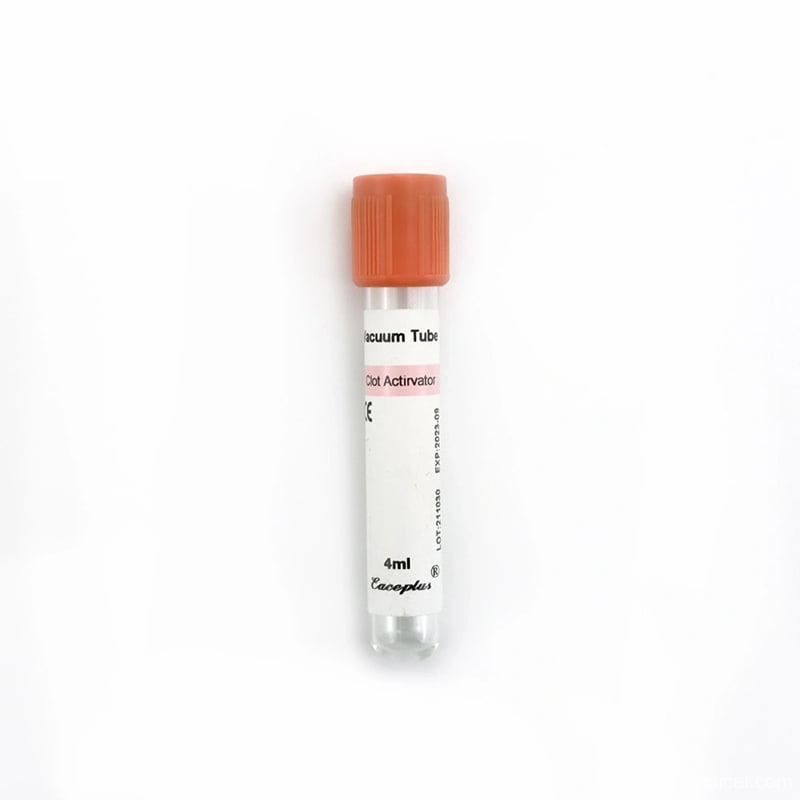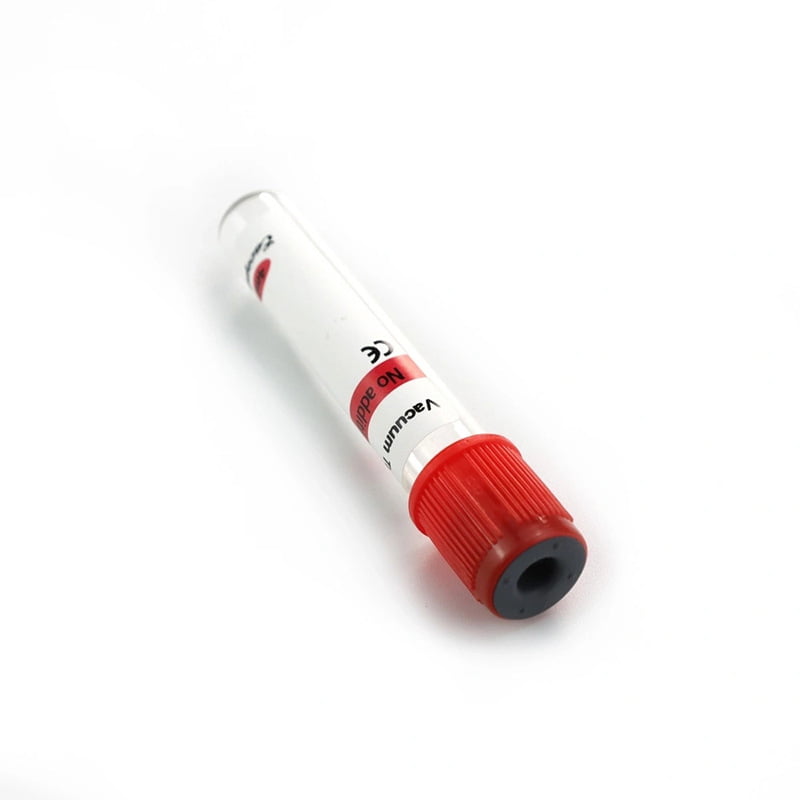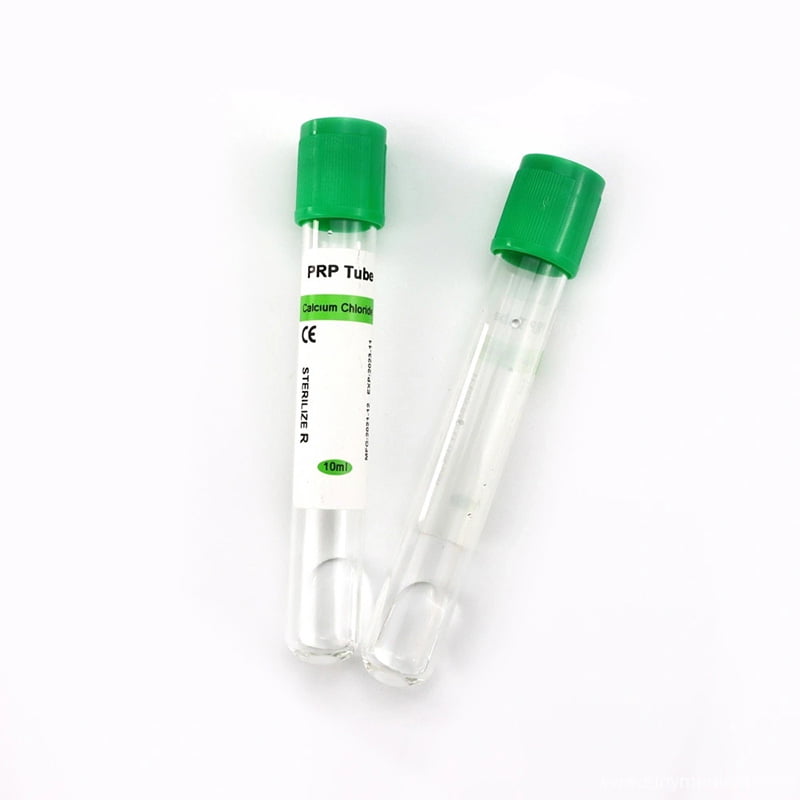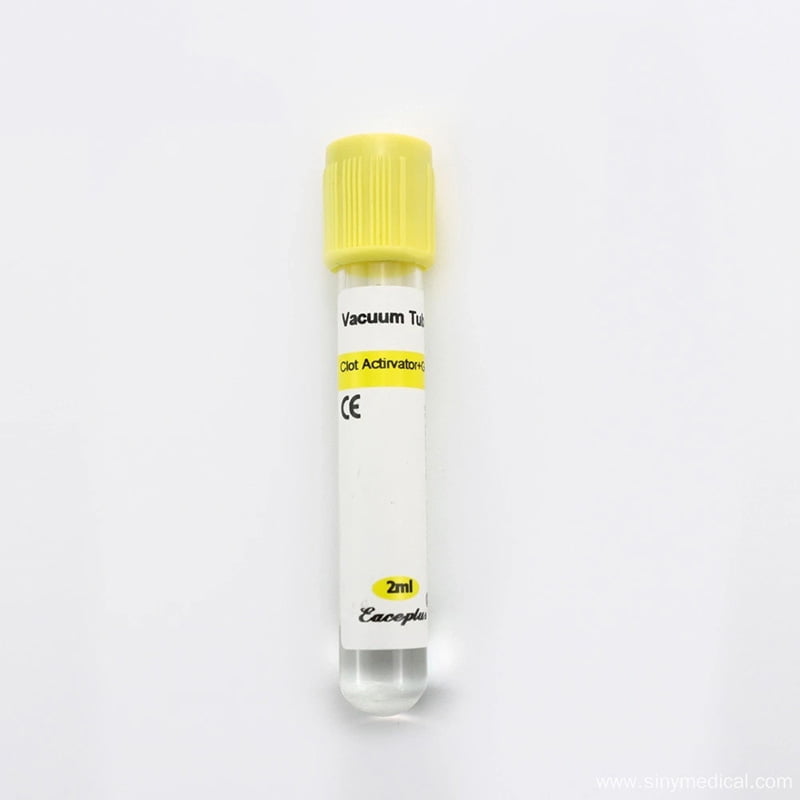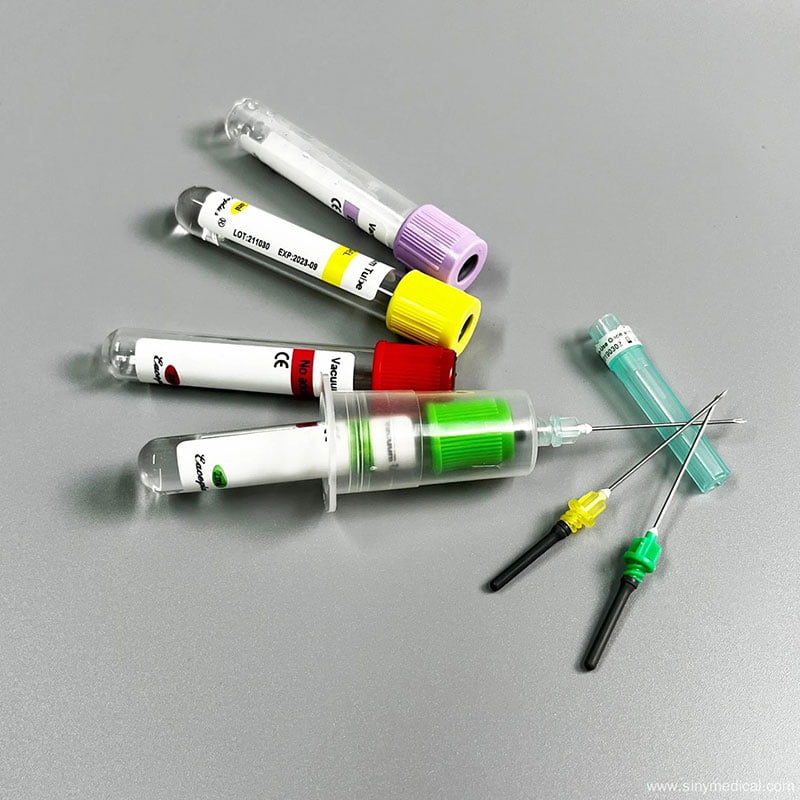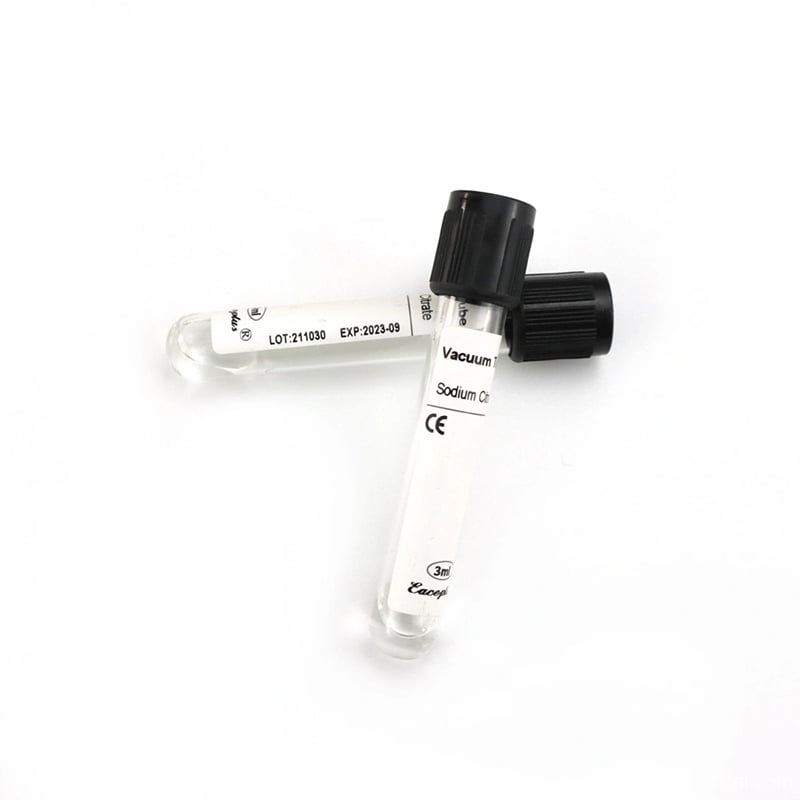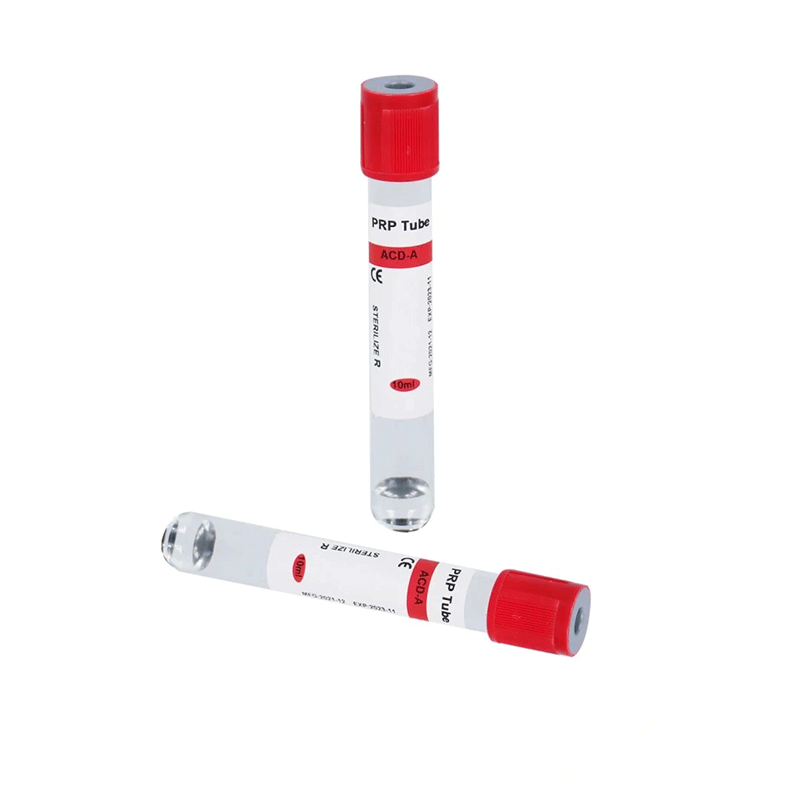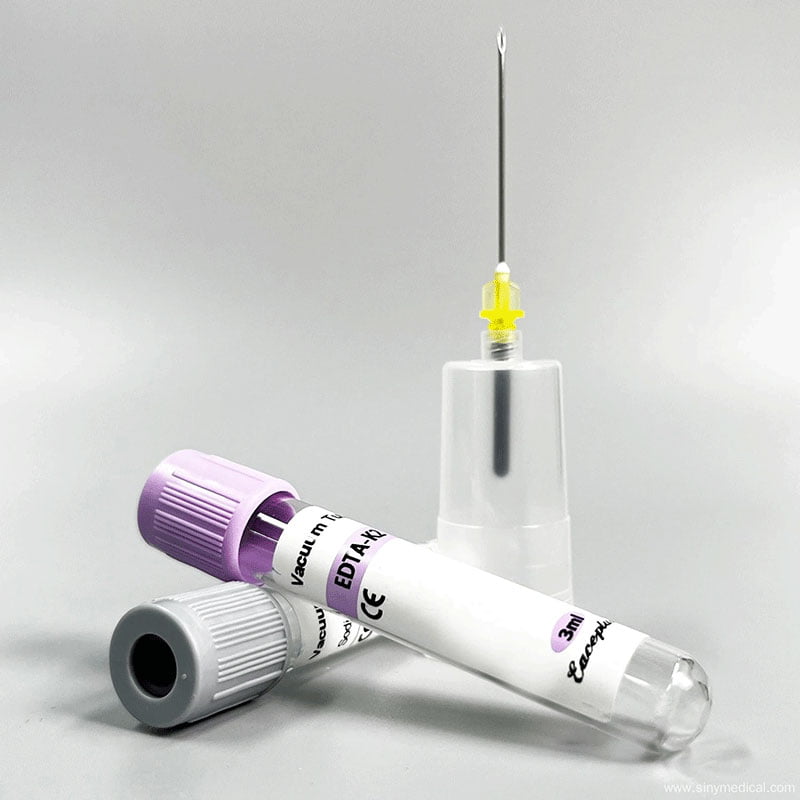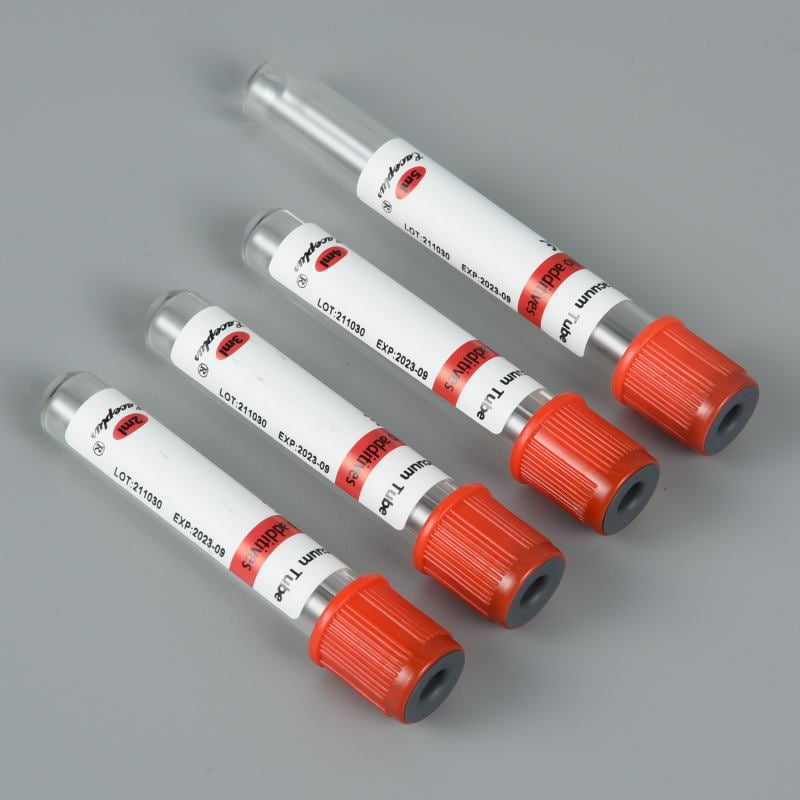Blood Collection Tubes are specialized containers designed for the collection, storage, and transportation of blood samples safely and effectively for laboratory analysis. They are integral to clinical diagnostics, helping health professionals obtain valuable insights from the patient’s blood samples. Common tube types include serum tubes, clot activator tubes, EDTA tubes, and more, each with specific additives to preserve the integrity of blood components.
When you choose SINY Medical’s Blood Collection Tubes, you ensure safety, reliability, and accuracy in every medical procedure.
Table of Contents
Introduction to Blood Collection Tubes
Blood collection tubes, also known as vacutainer tubes, serve as sterile containers to collect and preserve blood samples for laboratory analysis. These tubes come in various types, each containing specific additives to facilitate different diagnostic tests. The shelf life of blood collection tubes refers to the period during which they remain effective and safe for use.

Understanding the shelf life is vital because expired tubes can compromise the integrity of blood samples, leading to inaccurate test results. This blog will delve into the factors affecting the shelf life of blood collection tubes, how to store them properly, and tips for ensuring their longevity.
Types of Blood Collection Tubes
Blood collection tubes categorize based on the additives they contain. Each type serves a specific purpose in laboratory testing. Here are the most common types:
- Serum Tubes: Clot activators fill these tubes, and laboratories use them for serum-required tests. Learn more about Serum Tubes.
- EDTA Tubes: These tubes contain ethylenediaminetetraacetic acid (EDTA) and are used for hematology tests.
- Heparin Tubes: Heparin tubes prevent blood clotting and are used for plasma tests.
- Glucose Tubes: These tubes contain sodium fluoride and are used for glucose testing.
- Citrate Tubes: Citrate tubes are used for coagulation studies.
Each type of tube has a specific shelf life, which can vary based on the additives and storage conditions.
- Additives: The type and stability of additives in the tubes play a significant role in determining their shelf life.
- Storage Conditions: Proper storage is crucial.
- Manufacturing Standards: Tubes manufactured by reputable companies like Siny Medical adhere to global standards, ensuring longer shelf life.
How to Store Blood Collection Tubes Properly
Proper storage is essential to maintain the shelf life of blood collection tubes. Here are some tips:
- Temperature: Store tubes at room temperature (15-30°C) unless otherwise specified by the manufacturer.
- Humidity: Keep tubes in a low-humidity environment to prevent degradation.
- Light: Avoid exposure to direct sunlight or fluorescent light, as it can affect the additives.
- Packaging: Keep tubes in their original packaging until ready for use.
For more information on how Siny Medical’s blood collection tubes meet global standards, visit our website.
The Longevity of Blood Collection Tubes
To maximize the shelf life of blood collection tubes, follow these best practices:
- Purchase from Reputable Suppliers: Choose trusted manufacturers like Siny Medical.
- Rotate Stock: Use older tubes first to avoid expiration.
- Monitor Storage Conditions: Regularly check storage environments to ensure they meet requirements.
Summary
Blood collection tubes are fundamental to modern medical diagnostics, and understanding their shelf life is necessary to protect the accuracy, safety, and reliability of laboratory results. Always use tubes from reputable manufacturers like SINY Medical, ensure proper storage according to recommended standards, and never use tubes past their expiration date.
For comprehensive product details, technical support, and to experience how SINY Medical Blood Collection Tubes meet global standards, explore the resources available on the SINY Medical website or connect with their team directly.
Stay updated with the latest news and products at SINY Medical YouTube and view their manufacturing excellence at SINY Medical on Made-in-China. For questions, support, or custom quotes, reach out via the contact page.
FAQs
What is the most common shelf life for blood collection tubes?
The average shelf life is typically 18 to 24 months from the date of manufacture, but always check the expiration date on the package.
Does storage temperature affect shelf life?
Yes, improper storage (temperatures above or below 4-25°C) can compromise tube quality. Always follow manufacturer guidance.
How do I know if my tubes meet global standards?
Use products certified by recognized regulatory bodies and read about SINY Medical’s compliance.
What happens if a tube loses vacuum before use?
It won’t be able to collect the correct blood volume, leading to dilution and potential rejection of the sample.

